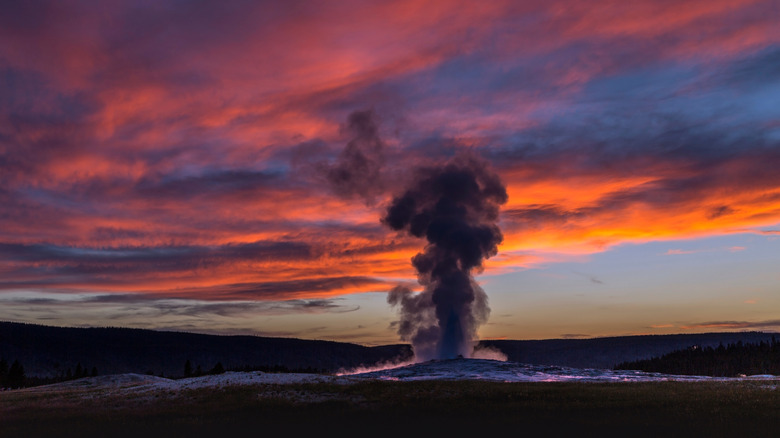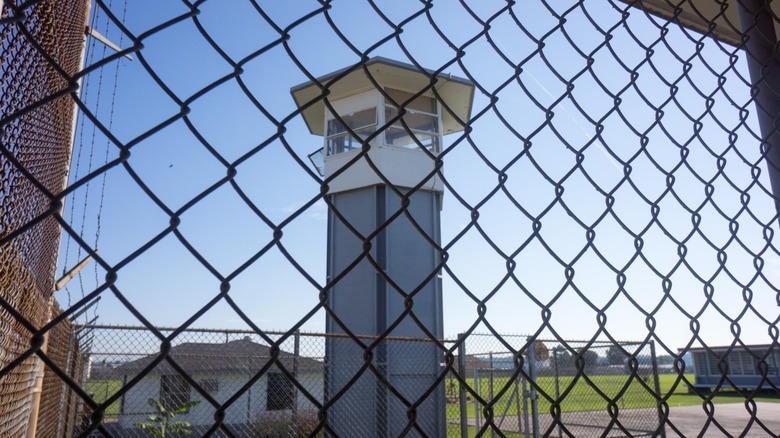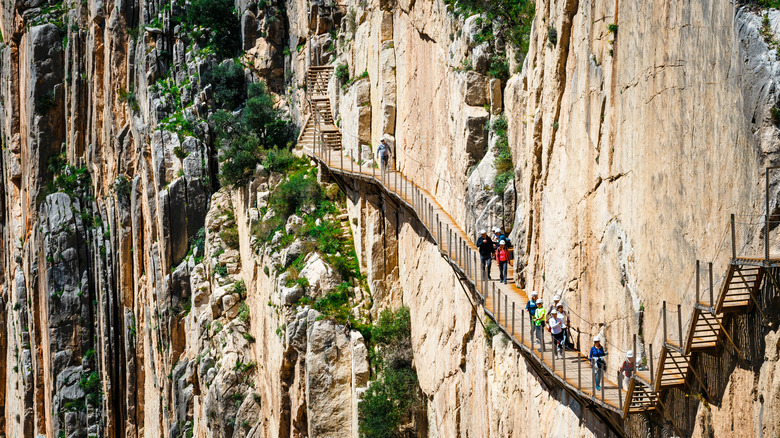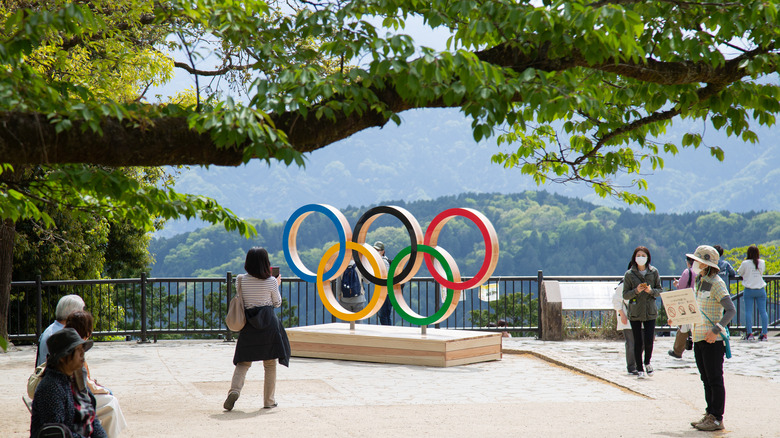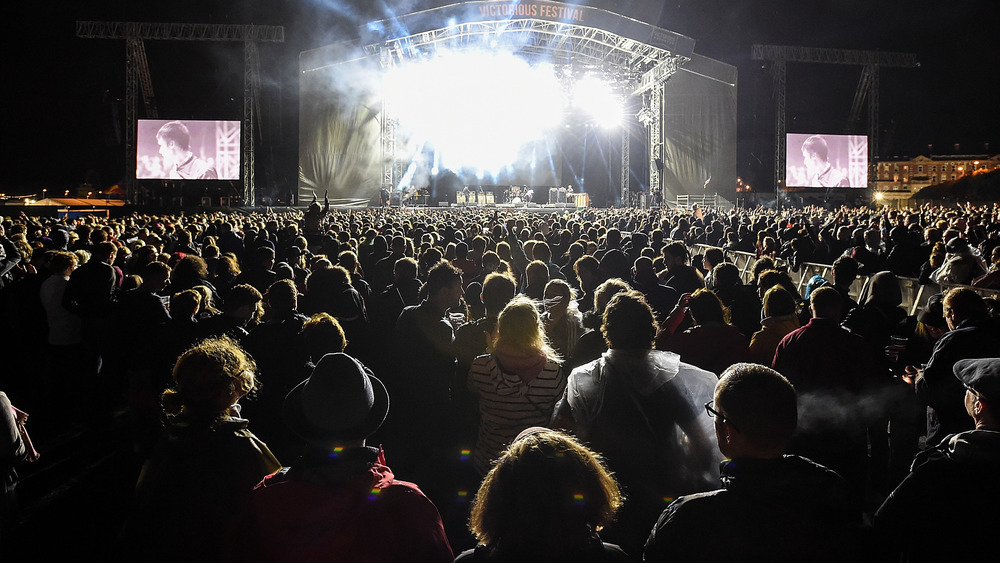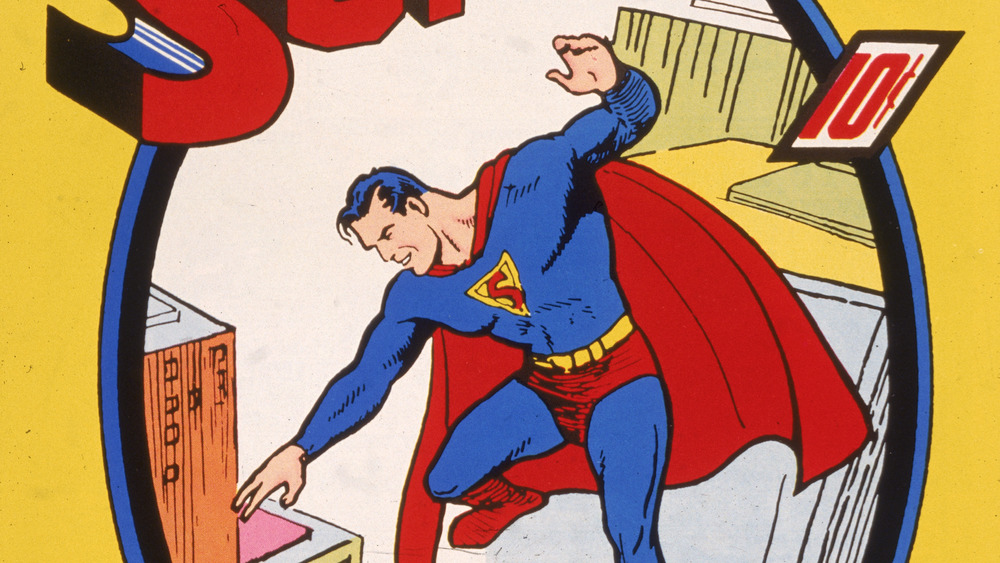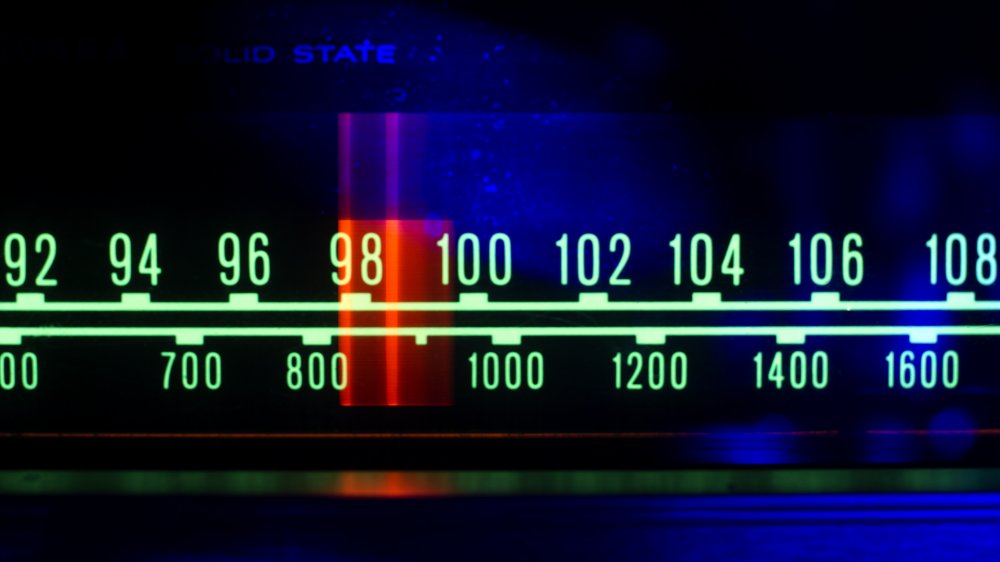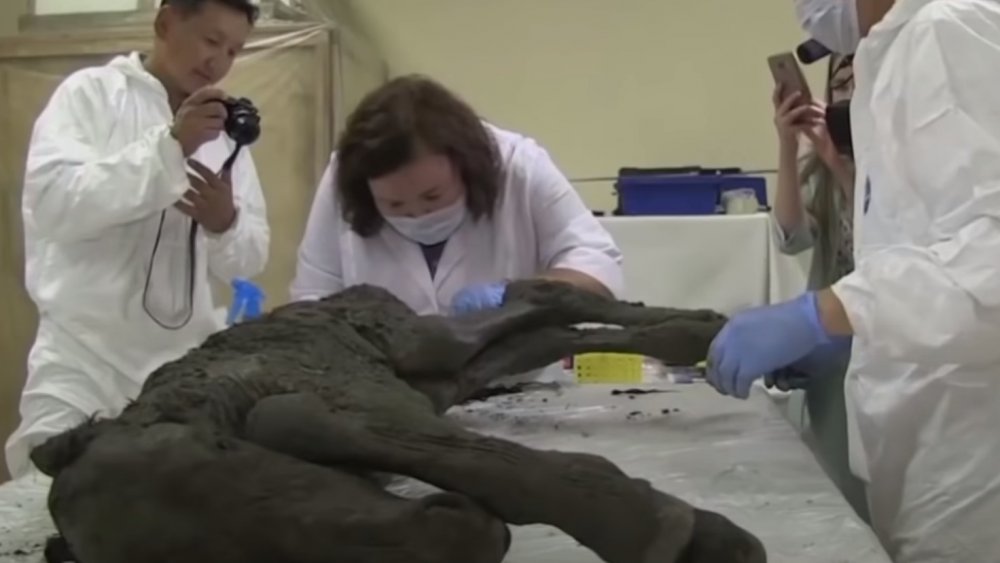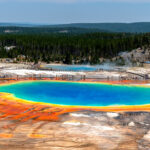
How Many Volcanic Eruptions Have Occurred At Yellowstone?
If you’re looking for an impending apocalypse for your soap box doomsday sermons, you might warn of something like a super volcano in order to scare the good people on the street into believing that the end is nigh. But if you were thinking the sleeping giant beneath Yellowstone National Park would do the trick, you’ll unfortunately have to keep looking. According to the U.S. Geological Survey (USGS), you’d probably have to wait around for about 100,000 years before the next major eruption to occur. While it still isn’t possible for us to predict when a volcano will erupt, scientists have documented the history of volcanic activity at Yellowstone, and any eruption before that would be out of step with the volcano’s rhythm: massive eruptions at Yellowstone occur every 725,000 years on average.
If, however, Yellowstone was threatening to blow at any minute, you can be sure that you’d have hordes of frightened people flocking to whatever religion you say could save them. A giant eruption would cover most of the Western United States with ash, send harmful particles like sulfur aerosols across the globe, and cause a drop in temperatures worldwide. Such events no doubt immutably alter conditions on Earth, so let’s all be thankful we won’t have to worry about it in our lifetimes. But how many times has this happened at Yellowstone? Let’s take a look at the place’s geological history and see.
Yellowstone's three 'recent' massive eruptions dwarfed modern volcanic events
The USGS reports that Yellowstone’s most recent volcanic activity occurred around 70,000 years ago. This was a series of flows of lava known as rhyolitic lava, and while the largest of them was large enough to form what is now known as the Pitchstone Plateau, in the southwestern area of the national park, none of these flows can compare to the size and power of the volcano’s truly massive eruptions. The most recent giant eruption was around 640,000 years ago, when the volcano spewed 240 cubic miles of pyroclastic material onto the Earth’s surface. To put that into perspective, the volume of the eruption of Mount St. Helens in 1980 — the most powerful in U.S. history — was just 0.24 cubic miles.
However, of the three giant eruptions Yellowstone has seen over the past 2 million years or so, this one wasn’t even the biggest. A giant eruption in Yellowstone’s Island Park area 1.3 million years ago was smaller, just 67 cubic miles of volcanic material, but the whopper was the eruption around 2.1 million years ago. This one expelled a terrifying 600 cubic miles of pyroclastic material onto the land and into the sky, and was the first Yellowstone eruption to form a caldera, or crater resulting from the collapse of the volcano’s mouth. These were merely the giant eruptions, too. Scientists have also documented dozens of smaller (relatively speaking) lava flows in between these monstrous events.

The Untold Truth Of Isaac From The Bible
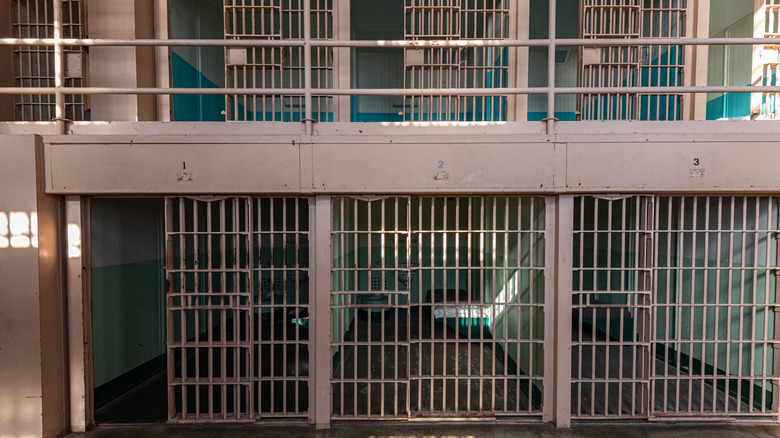
Here's Why You Wouldn't Survive Being A Prisoner In Alcatraz

Why This Rooster Was Put On Trial And Burned At The Stake
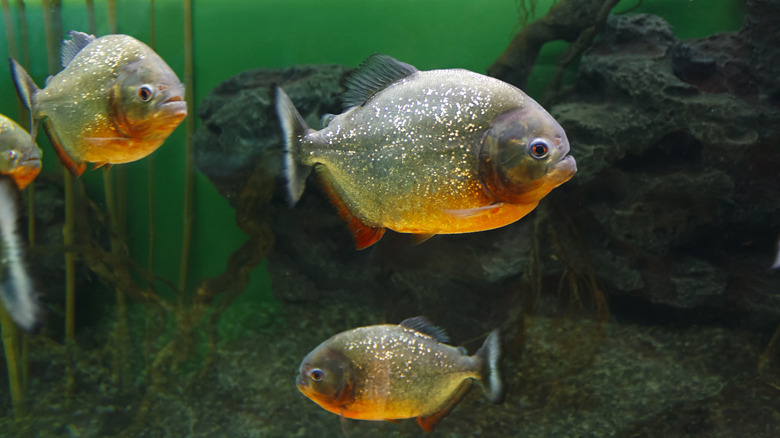
The Common Piranha Myth You Should Stop Believing
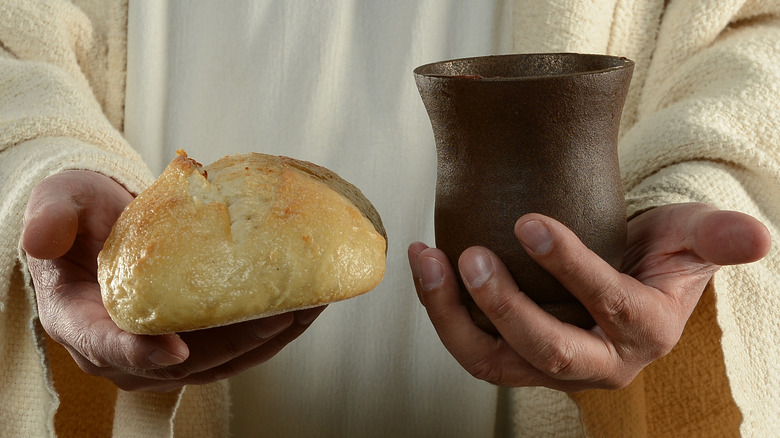
Christian Relics That Are Still Missing
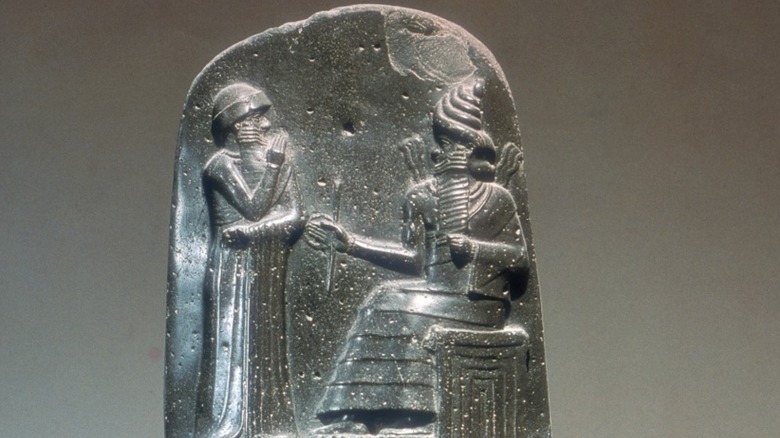
The Code Of Hammurabi Finally Explained

Who Is Hosting The 2024 Olympics?
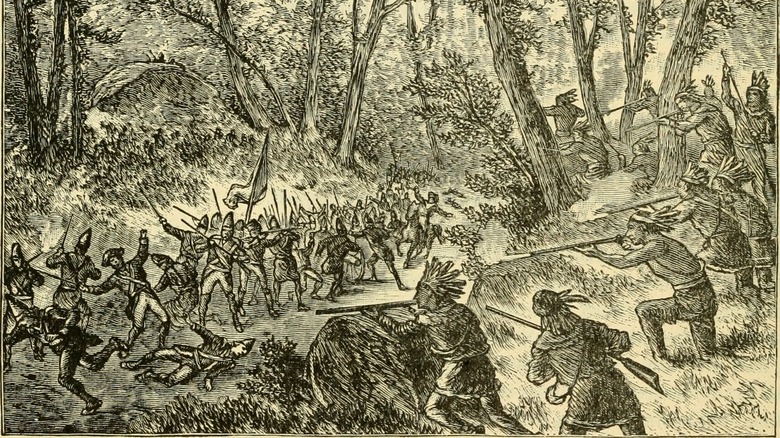
This Is What Really Happened To Florida During The French And Indian War

Elmer Wayne Henley: The Truth About The Person Who Killed The Candy Man
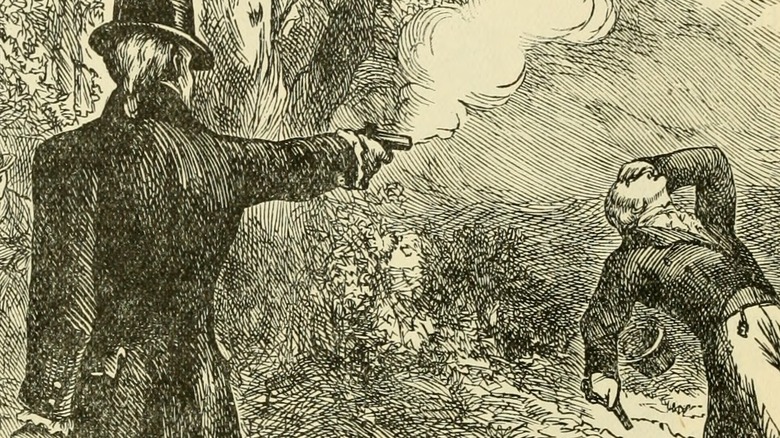
Here's Why Alexander Hamilton And Aaron Burr Really Dueled
